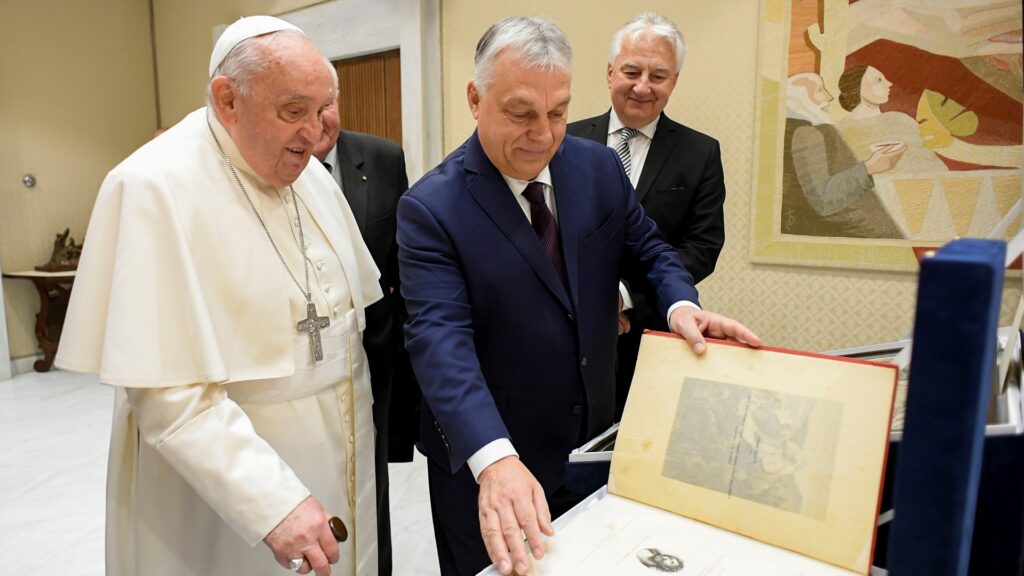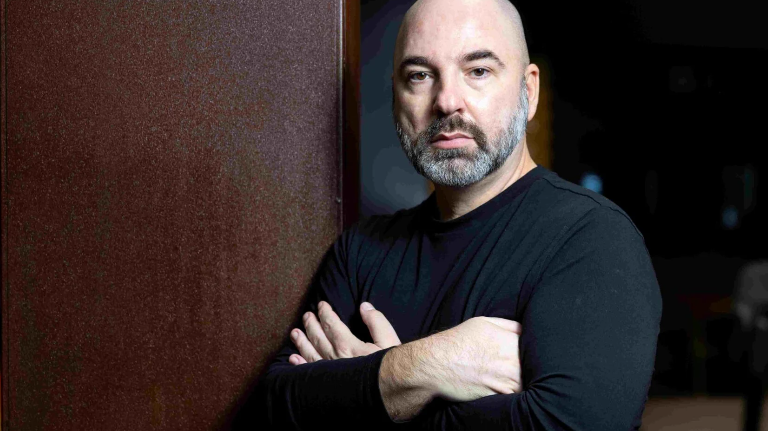The 110th anniversary of Hungarian animation is the featured theme of this year’s Budapest Classic Film Marathon, which will take place from 17 September to 2 October for the seventh time.
Short cartoons will precede feature-length films, with the iconic 1982 sci-fi Time Masters being shown in a restored version, and audiences will also have the opportunity to see the legendary Hugo the Hippo again, the National Film Institute announced on Wednesday.
They recalled that the history of Hungarian animation began 110 years ago, in 1914, when graphic artist István Kató-Kiszly created the first Hungarian trick film, Ödön Zsirb, a paper cut-out film evoking the world of fairground comedies with its title charachter of a greasy tub (in Hungarian, zsíros bödön). Although this film has been lost, the festival offers a rich cross-section of the following decades of animation film history.
For the first time, audiences at the Budapest Classic Film Marathon will see fully restored animated works, experiencing the films of Gyula Macskássy, György Várnai, György Kovásznai, József Nepp, Marcell Jankovics, and Attila Dargay, as well as the puppet animations of Ottó Foky and István Imre, in better quality than ever before. Reviving an old cinema tradition,
animated short films will serve as accompanying features,
enriching the programme with thematically and stylistically fitting shorts before almost every feature film.
The Film Marathon will also honour Hungarian animation talents who have worked abroad, such as John Halas, Jean Image, George Pal, Zoltán Maros, Éva Falus, and the foreign co-productions of the Pannónia Film Studio. Works by the Halas and Batchelor studio, Jean Image (born Imre Hajdú), and the Oscar-winning George Pal (György Marczincsák) will be showcased. The French–Hungarian co-production Time Masters (1982) will be presented again, fully restored. This sci-fi film, which took three years to make at Pannónia Film Studio, was directed by René Laloux, with visual design by renowned French comic book artist Jean Giraud (Mœbius), and animation direction by Tibor Hernádi. This unique work explores how time influences our minds, imagination, childhood, and personality.
The copy of Hugo the Hippo (1975), produced in an American co-production, has also been brought back to Hungary from America thanks to the NFI Film Archive and the Library of Congress in time for the 85th anniversary of József Gémes’s birth. Its producer was the Hungarian-born, multiple Emmy-winning Robert Halmi Sr. This colourful, surreal musical animation film set in Zanzibar, promoting the peaceful coexistence of animals and humans, will be shown at the Marathon for the first time in thirty years after being restored by the NFI Filmlab.
The seventy-year-old tradition of slide film will also be highlighted with an exhibition on the connection between animation and slide film, historical lectures, and slide shows for both adults and children. The NFI Filmlab still produces slide film reels today,
a practice almost unique in Europe.
The Budapest Classic Film Marathon will feature over a hundred restored classics and long-unseen film treasures across ten programme blocks. The Future of the Past section caters to science fiction fans; alongside French, German, British, American, Eastern European, Portuguese, and Italian works, specialities from East Asian film archives will also be presented. A selection of documentaries and feature films will commemorate the 80th anniversary of the Holocaust, and a programme curated by Gyula Gazdag will feature works about filmmaking. The Open Archives block provides insight into the work of film collections, with nearly a hundred foreign experts attending professional programmes.
Popular outdoor screenings and live music film concerts will return, along with various professional programmes, audience meetings, masterclasses, student screenings, and a film playhouse for the youngest attendees. Screenings will take place at the Urania National Film Theatre, Toldi Cinema, the French Institute in Budapest, and the Budapest Music Center, as well as outdoors on St Stephen’s Square in front of the Basilica.
Read more:








